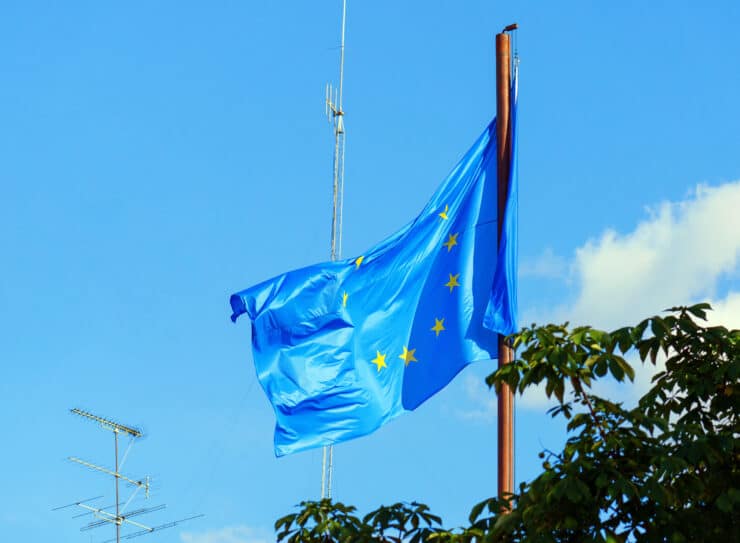4 December 2023
Europe’s future connected: Challenges of the European digital transformation and connectivity
The evolution of 5G and 6G technologies in the EU connectivity sector have been the subjects of extensive discussion by policymakers and the industry.
